DIAMOND BUYING GUIDE
SHAPE
The shape of a diamond refers to its overall outline or form when viewed from the top. Each shape has its own unique characteristics, such as the number and arrangement of facets, which contribute to the diamond's appearance and style.
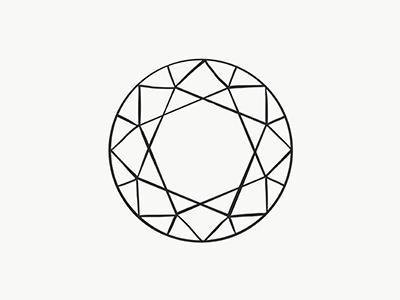
ROUND BRILLIANT CUT
The round brilliant cut is renowned for its unparalleled brilliance and scintillation due to its precise proportions and symmetrical arrangement of facets. Its carefully calculated facets maximize the amount of light reflected internally and externally, resulting in unparalleled sparkle and fire.
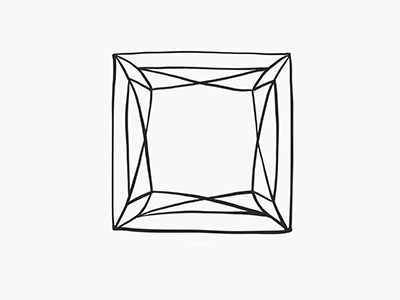
PRINCESS CUT
The princess cut is distinct for its unique square shape, combining the brilliance of a round cut with the geometric elegance of a square. Its exceptional sparkle is achieved through a myriad of precisely aligned facets, allowing for optimal light dispersion and scintillation.

EMERALD CUT
The emerald cut possesses an elegance characterized by its rectangular shape and step-cut facets. Its hallmarks lie in its stunning, mirrored facets that create a striking interplay of light and dark planes, that sets it apart from other diamond cuts.
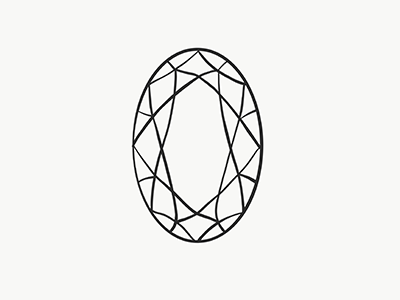
OVAL CUT
The oval cut is distinguished by its elongated shape and brilliant faceting, offering a unique blend of elegance and sparkle. Its elongated silhouette creates the illusion of longer fingers when worn as a ring, while its expertly crafted facets maximize the diamond's brilliance.
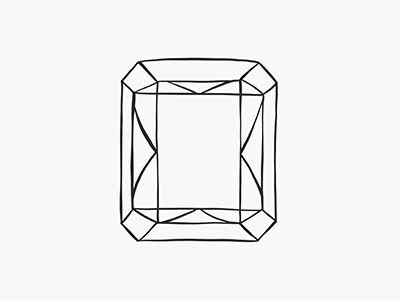
RADIANT
The radiant cut showcases a remarkable blend in either a square or rectangular shape. Its faceting style combines the elegance of step cuts with the brilliance of brilliant cuts, resulting in a truly radiant diamond with sparkle.
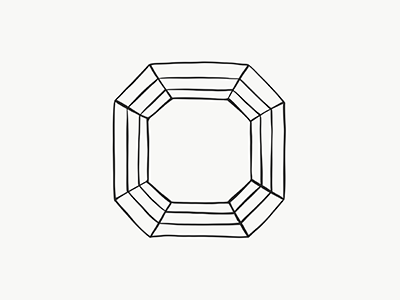
ASSCHER
The asscher cut is distinguished by its square shape and captivating step-cut facets, offering a distinctive and vintage-inspired aesthetic. Its hallmarks lie in its octagonal shape and large step facets, creating a display of light and shadow, and giving it a sophisticated, Art Deco charm that sets it apart.
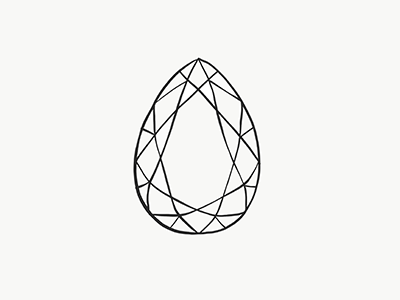
PEAR CUT
The pear cut possesses a special allure with its unique combination of a rounded bottom and a tapered point, resembling a tear-shaped droplet of light. Its brilliant-cut facets deliver sparkle and asymmetrical design allows for versatility in jewelry settings.
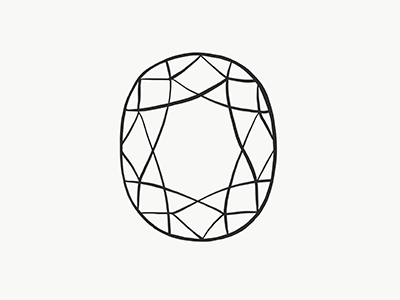
CUSHION CUT
The cushion cut is truly unique with its blend of a square or rectangular shape and rounded corners, reminiscent of a plush pillow. This combination of facets and shape maximizes the reflection and refraction of light and create a mesmerizing display of brilliance, fire, and scintillation.

MARQUISE CUT
The marquise cut diamond dazzles with its extraordinary sparkle, which can be attributed to its elongated shape and strategically placed facets. The elongated design, along with the numerous facets, maximizes the diamond's ability to reflect and refract light.
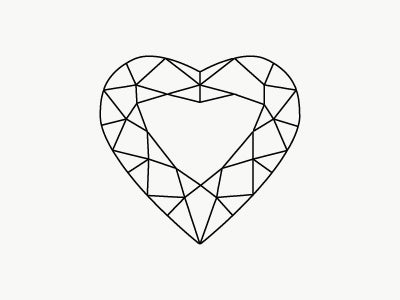
HEART SHAPE
The heart shape diamond is truly unique with its romantic and symbolic appeal, showcasing a distinct heart-shaped outline with a pointed bottom and rounded top. Its craftsmanship and heartfelt design make it a symbol of love and adoration, standing out as a truly special and meaningful choice for those seeking a diamond that captures the essence of affection and devotion.
THE 4Cs
Carat, Cut, Clarity and Color. These four factors work together to determine a diamond's overall quality, desirability, and value. It is important to consider each of the 4Cs when selecting a diamond, as they contribute to its unique beauty and individual characteristics.
CARAT
Carat weight measures the size or mass of a diamond. One carat is equal to 200 milligrams. Diamonds are priced per carat, with larger diamonds being rarer and more valuable.
View the size comparison of varying carat weights below:

CUT
The cut refers to how well a diamond has been shaped and faceted. It affects the diamond's brilliance, fire, and overall visual appeal. A well-cut diamond reflects light effectively, maximizing its sparkle. Fire, brightness, and scintillation are three distinct optical properties of a diamond that contribute to the visual beauty and sparkle, with each playing a role in enhancing its allure and captivating appearance.
Fire: Fire refers to the dispersion of white light into spectral colors, creating flashes of rainbow-like hues. It is caused by the diamond's ability to refract and disperse light as it passes through the facets. A diamond with high fire will display vibrant flashes of color, adding to its overall beauty and visual appeal.
Brightness: Brightness refers to the amount of white light that is reflected from both the external and internal surfaces of a diamond. It is determined by the diamond's cut and the quality of its polish. A well-cut diamond with excellent symmetry and polish will reflect a significant amount of light back to the viewer, resulting in a high level of brightness and overall brilliance.
Scintillation: Scintillation refers to the pattern of light and dark areas or the sparkle that occurs as a diamond moves or is exposed to light. It is the result of light being reflected and refracted within the diamond and then returned to the observer's eye. Scintillation is created by the interaction of light with the diamond's facets and is influenced by factors such as the cut, shape, and faceting arrangement of the diamond. A diamond with excellent scintillation will display a lively, dynamic play of light as it moves.
DIAMOND CUT GRADES
The diamond cut grade refers to the assessment of how well a diamond has been cut based on its proportions, symmetry, and polish. The cut grade on a GIA certificate provides valuable information about the quality and craftsmanship of a diamond's cut, helping you make informed decisions about your purchase based on the desired level of brilliance and visual impact.
The different cut grades used by GIA are as follows:
Excellent (or Ideal): This grade indicates that the diamond has been cut to maximize its brilliance, fire, and scintillation. Diamonds with an Excellent cut grade exhibit exceptional light performance and are highly valued for their superior craftsmanship.
Very Good: Diamonds with a Very Good cut grade have been cut to reflect a significant amount of light, resulting in excellent overall visual appeal. While not at the top level of cut quality, they still exhibit high levels of brilliance and are considered to be of superior quality.
Good: Diamonds with a Good cut grade reflect a considerable amount of light, but not to the same extent as higher cut grades. While still displaying acceptable levels of brilliance, they may not be as visually striking as Excellent or Very Good cut diamonds.
Fair: Fair cut diamonds have proportions and light performance that are acceptable but do not possess the same level of brilliance as higher grades. They may exhibit some noticeable areas of light leakage or reduced sparkle.
Poor: Poor cut diamonds have proportions and light performance that fall below the standards set by GIA. They typically exhibit significant light leakage and lack the desired brilliance and sparkle associated with well-cut diamonds.
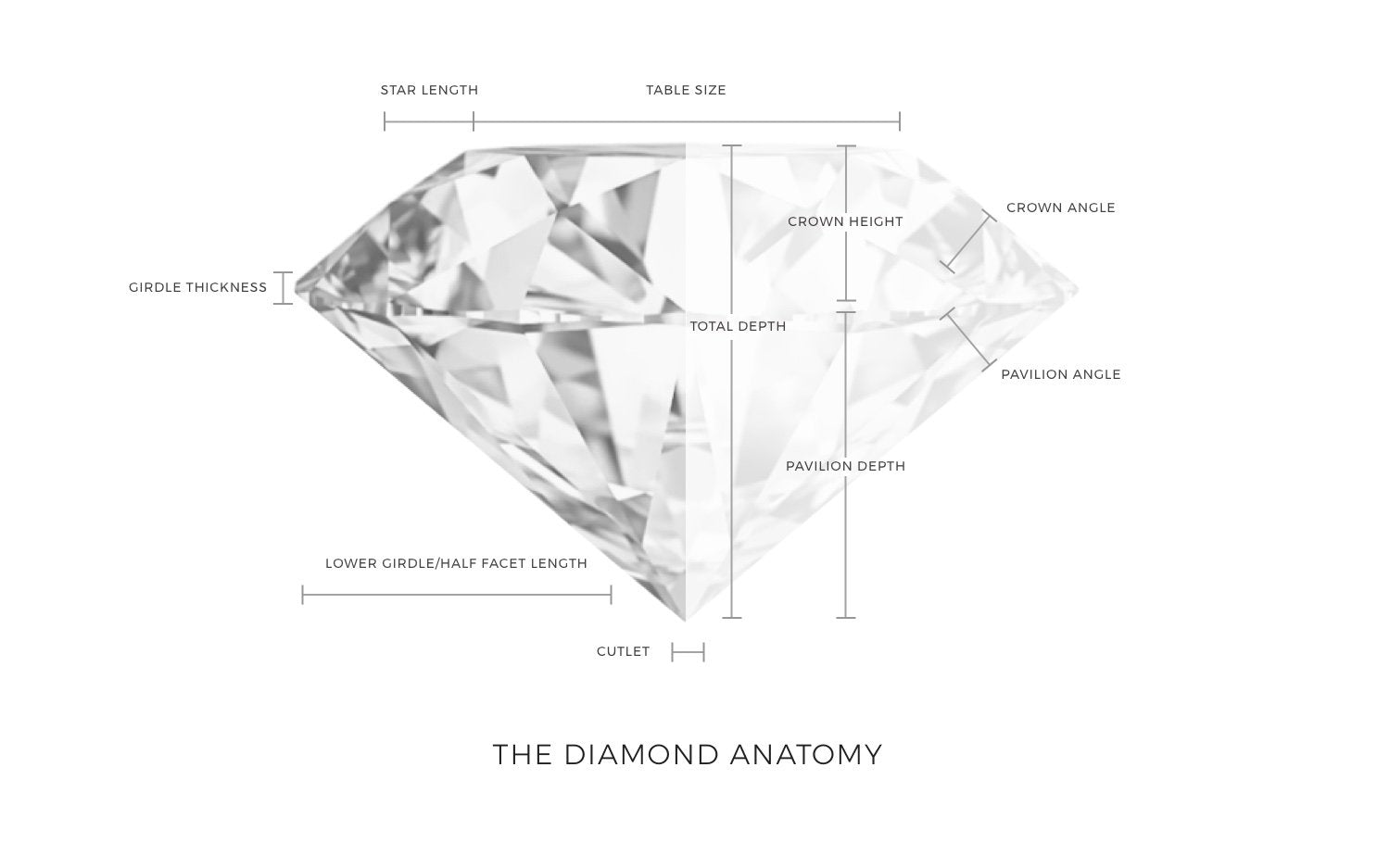
CLARITY
Clarity refers to the presence of any internal or external flaws, known as inclusions and blemishes, respectively. The GIA grades clarity on a scale from Flawless (no inclusions or blemishes visible under 10x magnification) to Included (inclusions visible to the naked eye). The higher the clarity grade, the more valuable the diamond.
please update the chart with this information below:
Flawless (FL) - No inclusions or blemishes are visible to a skilled grader using 10× magnification
Internally Flawless (IF) - No inclusions and only blemishes are visible to a skilled grader using 10× magnification
Very, Very Slightly Included (VVS1 and VVS2) - Inclusions are difficult for a skilled grader to see under 10× magnification
Very Slightly Included (VS1 and VS2) - Inclusions are minor and range from difficult to somewhat easy for a skilled grader to see under 10x magnification
Slightly Included (SI1 and SI2) - Inclusions are noticeable to a skilled grader under 10x magnification
Included (I1, I2, and I3) - Inclusions are obvious under 10× magnification and may affect transparency and brilliance
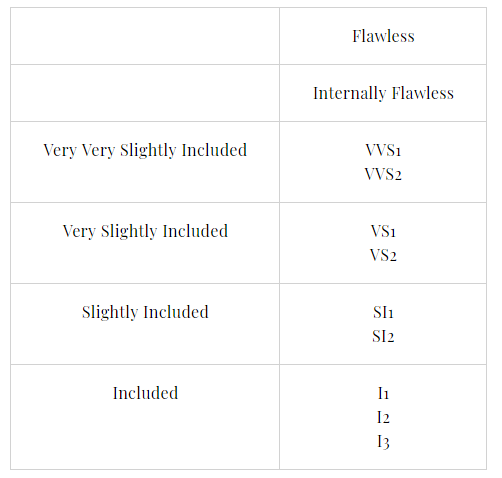
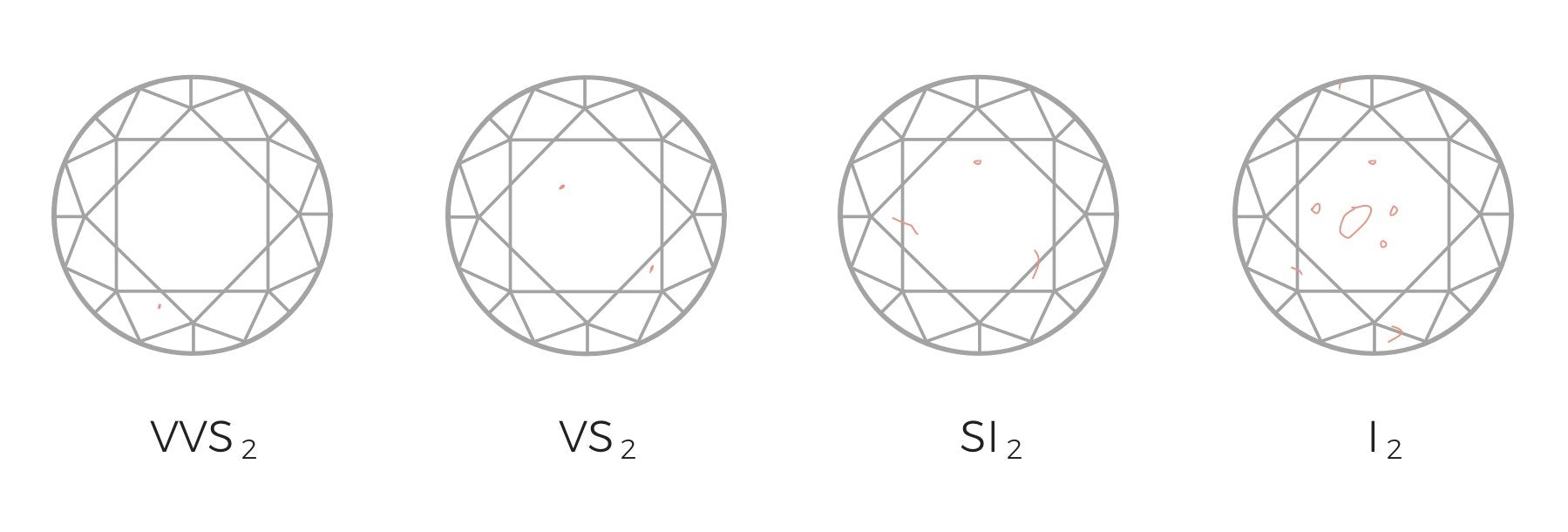
COLOR
Diamond color refers to the presence or absence of any color in a diamond. The Gemological Institute of America (GIA) grades diamonds on a scale from D (colorless) to Z (light yellow or brown). The less color a diamond has, the higher its color grade and value.
Diamonds can occur in a range of colors, from colorless to various shades of yellow and brown. The GIA grades diamond colors on a scale that helps categorize and describe the degree of color present in a diamond. The GIA color grading scale for diamonds is as follows:
Please update the chart with this info below:
D-F (Colorless): Diamonds in this range are considered colorless and display no discernible color to the naked eye. They are highly valued for their rarity and purity of color.
G-J (Near Colorless): Diamonds in this range exhibit a slight hint of color, but it is generally not noticeable without close examination. They still appear predominantly white and are popular choices due to their attractive balance of quality and affordability.
K-M (Faint Yellow): Diamonds in this range begin to show a noticeable tint of yellow or brown. The color may become more apparent to the naked eye, especially in larger diamonds. They are usually more affordable than higher-grade diamonds.
N-Z (Very Light to Light Yellow/Brown): Diamonds in this range exhibit a more pronounced color, appearing light yellow or brown. The intensity of the color increases as you move down the scale. These diamonds are considered lower in quality and are generally less expensive.
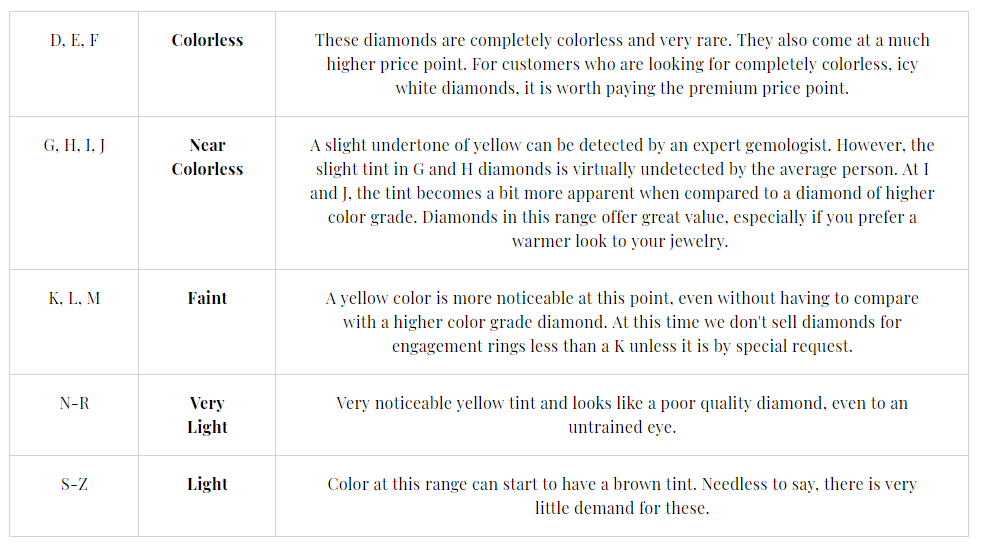

It's important to note that the GIA color grading scale is specifically designed for white diamonds. Fancy colored diamonds, which display intense and vivid hues like blue, pink, or yellow, are graded using a separate color grading system.
The color grading process involves comparing each diamond to a set of master stones that represent different color grades. Gemologists assess the diamond's overall body color, considering factors such as hue, tone, and saturation. This meticulous grading allows for consistent and reliable evaluation of a diamond's color characteristics.
CERTIFICATION
Our diamonds are certified by Gemological Institute of America (GIA) or International Gemological Institute (IGI), sustainably sourced, and conflict-free. The GIA and IGI are widely regarded as the best diamond grading labs due to its stringent grading standards, rigorous testing procedures, and reputation for unbiased assessments. The GIA or IGI certificate is a comprehensive document that provides detailed information about a diamond's characteristics, including the 4Cs (cut, color, clarity, and carat weight) as well as additional grading criteria such as symmetry and polish. All HauteCarat diamonds larger than 1 carat have been laser inscribed with a serial number on the girdle that matches the accompanying certificate from the GIA or IGI.

